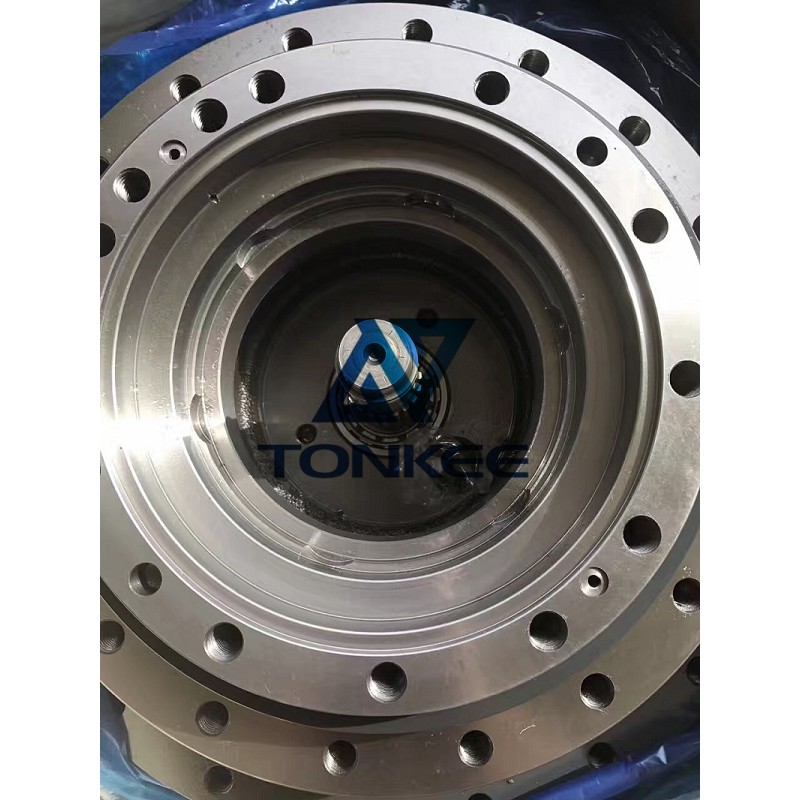
The walking reducer is a mechanical device that reduces the rotational speed of the motor while increasing torque to drive the machine's tracks.
It acts as a transmission system between the engine and the track assembly, enabling the machine to move forward, backward, and turn on the spot. As a critical part of the overall powertrain, the walking reducer ensures smooth and efficient operation of the construction machine.
The Komatsu 200-6 walking reducer boasts several noteworthy specifications that contribute to its reliable performance. Firstly, it features a compact and robust design, making it suitable for heavy-duty construction applications. The reducer is built to withstand the demanding conditions and loads typically encountered in the construction industry.
The walking reducer utilizes high-quality materials and precise manufacturing processes to ensure durability and longevity. It undergoes rigorous testing and quality control measures to meet Komatsu's stringent standards and deliver exceptional performance in various working environments. Additionally, it is designed for easy maintenance and serviceability, allowing for quick repairs and minimizing downtime on the job site.
One of the key features of the Komatsu 200-6 walking reducer is its efficient power transmission capabilities.
It optimizes the torque output from the engine, ensuring maximum tractive effort to propel the machine forward. This feature enhances the machine's productivity and operational efficiency, allowing it to handle challenging terrains with ease.
The walking reducer also incorporates advanced sealing mechanisms to prevent the ingress of dirt, water, and other contaminants. This protects the internal components from damage and extends the lifespan of the reducer. Moreover, the sealed design minimizes the need for frequent lubrication and reduces maintenance requirements, further enhancing the overall reliability and cost-effectiveness of the machine.
Furthermore, the Komatsu 200-6 walking reducer is equipped with safety features to ensure operator and machine protection. It includes overload protection mechanisms and safeguards against excessive speed or torque, preventing damage to the reducer and other components. These safety features not only safeguard the machine but also contribute to a safe working environment for the operators.




 English
English Türkçe
Türkçe


